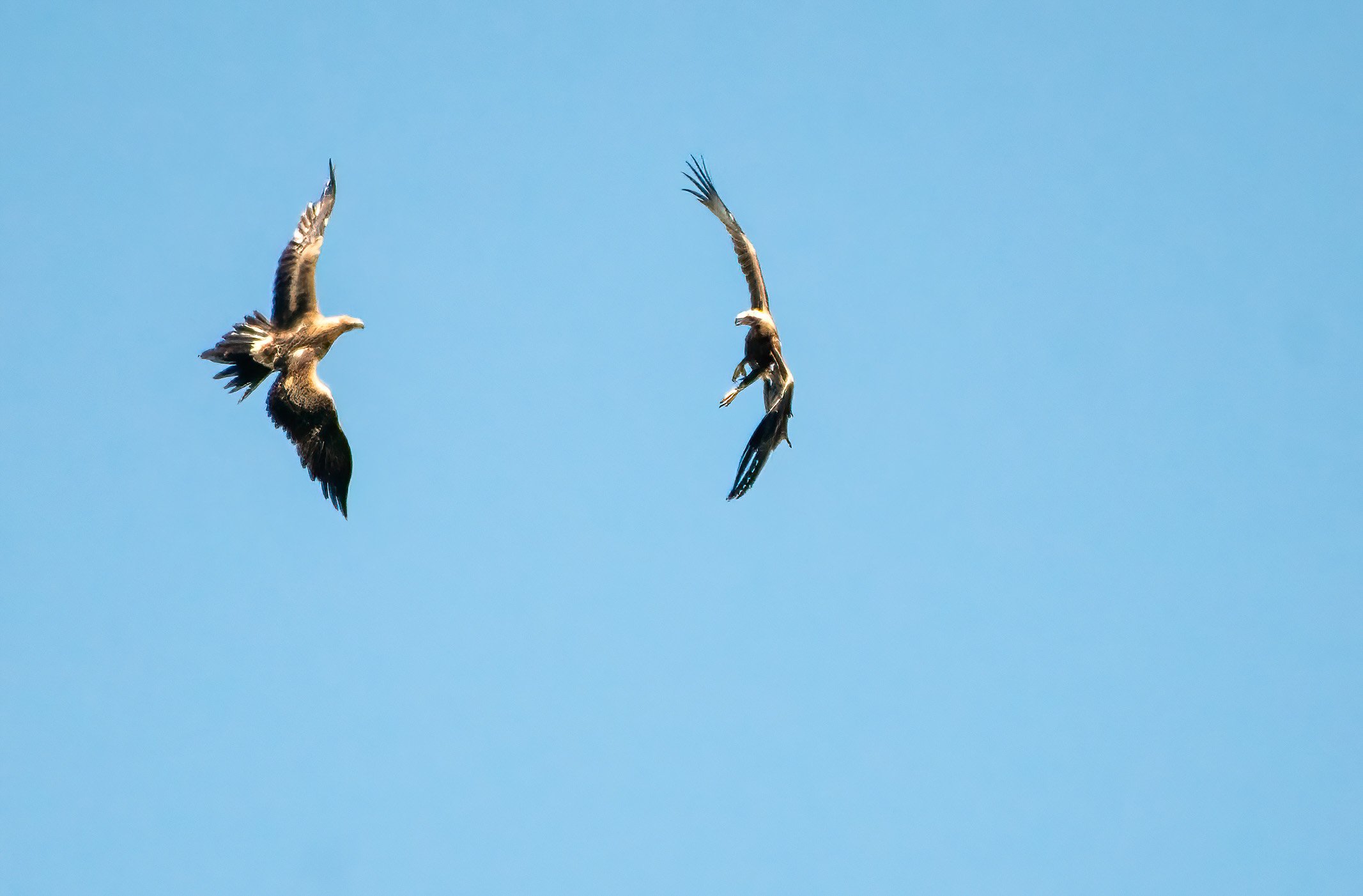
Mount Fox wind farm (proposed), North Queensland
Status: Federal pre-approval. Assessment Approach Determined.
Proponent: MFEP is a joint venture between Tasmanian company Zephyr Energy Developments, and local landowners Brett and Eric Lollo. Together, the partners form Mt Fox Energy Park Pty, Ltd.
Mount Fox windfarm - Around 47 wind turbines. EPBC Referral here. Mount Fox wind farm website here.
Location: site is located within the Hinchinbrook Shire Council Local (HSC) Government Area approximately 35 km south west of Ingham and near the community of Mt Fox.
Project description: Approx 47 wind turbines to be installed on high-elevation remnant wilderness of Great Dividing Range, 35km south-west of Ingham. The turbines are to be located on the higher ridgelines within the site and comprise towers with a hub height of up to 137.5 m (+/- 10m) above ground level, with a maximum rotor diameter of 185 m. Water for construction of the wind farm will be sourced from existing groundwater supplies via a bore or similar.
Threatened species impacted: Red Goshawk, Vulnerable; White-throated Needletail, Vulnerable; Buff-breasted Button-quail, Endangered; Masked Owl (Northern subspecies), Vulnerable; Northern Quoll, Endangered; Semon’s Leaf-nose Bat, Vulnerable; Ghost Bat, Vulnerable; Northern Greater Glider, Vulnerable; Koala, Endangered; Spectacled Flying-fox, Endangered; Large-eared horseshoe bat, Vulnerable; Bare-rumped sheathtail Bat, Endangered; Aristida granitica, Endangered; Corymbia leptoloma, Vulnerable; Marsdenia brevifolia, Vulnerable.
Migratory species impacted: Fork-tailed Swift; Oriental Cuckoo; Barn Swallow; Rufus Fantail; Osprey ; Great Egret; Cattle Egret; Black-eared Cuckoo ; White throated Needletail; Oriental cuckoo; White-bellied Sea-Eagle ; Rainbow Bee-eater; Satin Flycatcher.
Documented onsite so far: The Northern greater glider (vulnerable EPBC), Bare-rumped sheathtail bat (V EPBC), Greater large-eared horseshoe bat (vulnerable EPBC)
It is with sadness again, that we publish another set of images below that showcase where a huge swathe of beautiful intact and highly biodiverse forests is proposed to be cleared, fragmented and carved up for another wind farm in north Queensland. In fact, this area is earmarked for National Park acquisition because of its outstanding biodiversity. Unfortunately, Andrew Forrest has gotten to it first!
Mount Fox is a spectacular extinct volcano in the southern region of the Wet Tropics World Heritage Area. In fact, it is one of the most visually stunning features of the World Heritage Area.
If the Upper Burdekin wind farm and Mount Fox Energy Park were to proceed this outstanding feature will be surrounded by towering 230m high wind turbines numbering close to 200.
Both projects will result in over 1,000ha of the most gorgeous country being clear-felled and blasted. Does this pass the ‘pub-test’ for climate action?
The species list is extraordinary including 130 bird species including masked owl and red goshawk, 25 microbat species, 16 terrestrial mammals, 6 arboreal mammals including koalas and greater gliders. In fact, the site contains the highest densities of koalas in north Queensland and is a critical hotspot for their survival as per the ecological reports.
The site is covered in granite rock boulder formations, home to the Sharman’s rock-wallaby which was only discovered in 1974.
This time the proponent is our very own Twiggy Forrest (Fortescue Metals Group) under his subsidiary companies Windlab, Squadron Energy and financiers Federation Asset Management. We urge Twiggy to walk away. The cultural significance of this site is extraordinary with rock art galleries scattered throughout the boulder strewn ridgelines.
We also urge AEMO (Australian Energy Market Operator) to rethink its plan to industrialise the western boundary of the Wet Tropics World Heritage Area. We have the solutions for a just climate transition. This is not one of them.
The images below were captured on the site of the proposed Mt Fox and Upper Burdekin windfarms in April 2022.
Koalas, Sharman’s Rock-Wallabies, Wedge-Tailed Eagles were all documented onsite.



































